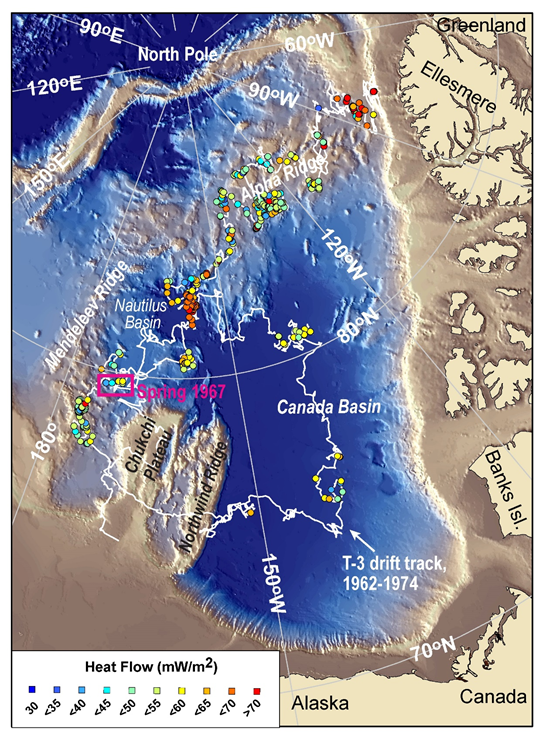Measurements collected on Fletcher's Ice Island, a scientific drift station in the western Arctic Ocean, half a century ago were published for the first time this summer. The study released 10 July in the Journal of Geophysical Research: Solid Earth, is the first in-depth look at marine heat flow measurements of the western Arctic Ocean.
Get Our News
These items are in the RSS feed format (Really Simple Syndication) based on categories such as topics, locations, and more. You can install and RSS reader browser extension, software, or use a third-party service to receive immediate news updates depending on the feed that you have added. If you click the feed links below, they may look strange because they are simply XML code. An RSS reader can easily read this code and push out a notification to you when something new is posted to our site.





